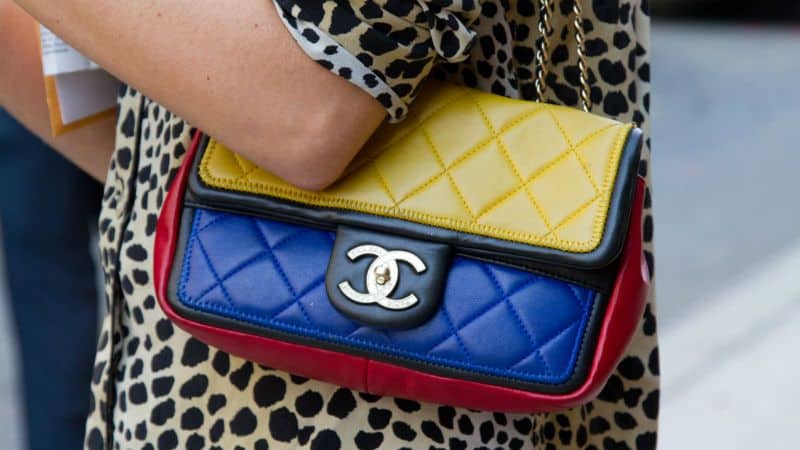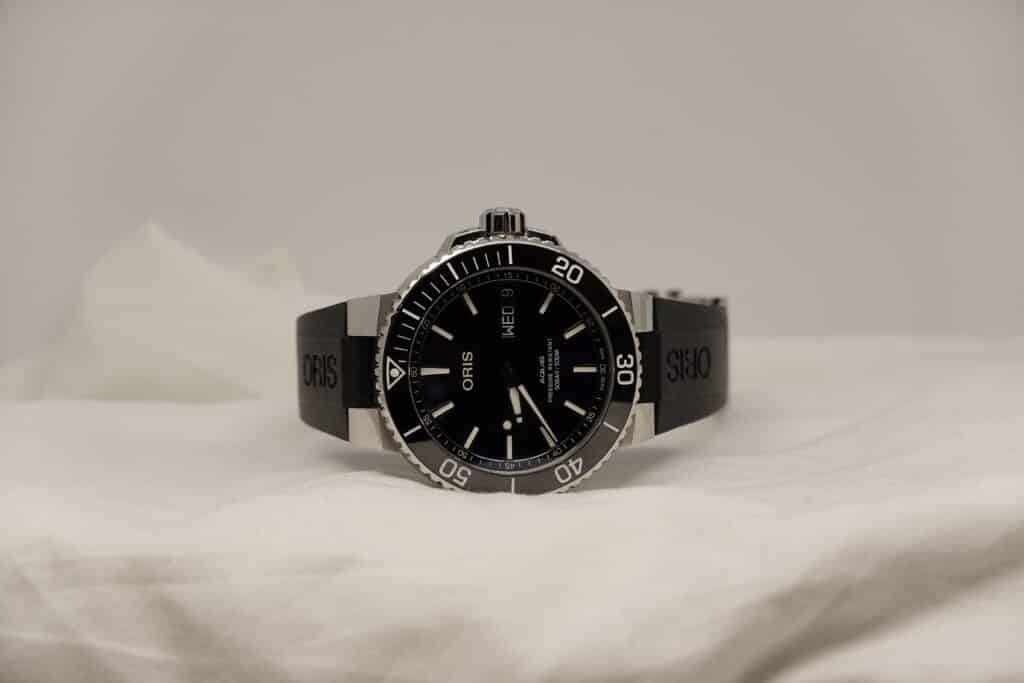How fight against luxury goods counterfeit changed?

For years, the luxury industry has been investing heavily in ultra-sophisticated tech solutions which use the latest advances in nanotechnology, internet of things (IoT), and AI to authenticate products. It lobbies governments to extend enforcement bodies’ powers to seize and destroy fake goods, to prosecute buyers and dealers, and to block access to websites that sell counterfeit goods. And then there are the lawyers: LVMH alone employs at least 60 lawyers and spends $17 million annually on anti-counterfeiting legal action.
The total trade in fakes is estimated at around $4.5 trillion, and fake luxury merchandise accounts for 60% to 70% of that amount, ahead of pharmaceuticals and entertainment products and representing perhaps a quarter of the estimated $1.2 trillion total trade in luxury goods. Digital plays a big role in this and perhaps 40% of the sales in luxury fakes take place online, as today’s counterfeiters milk the ubiquity and anonymity of the internet space to the last drop. For every e-commerce platform like Alibaba that cracks down on fakes, a new one emerges that allows goods to be shipped directly from manufacturers.
So what should luxury goods companies be doing instead?
To answer that question, we interviewed 32 professionals across four panels: luxury executives, representatives of luxury industry associations, experts on anti-counterfeiting from academia and the public sector, and executives from the music and pharmaceuticals industries, which have been more successful than luxury goods firms in fighting against counterfeiting.
What we hear suggests that luxury firms’ failure to contain the growth in counterfeiting is rooted in a hollowing out of their brands. Many luxury brands have become symbols of status and privilege but not much else. The emphasis across the industry has been on signalling rather than delivering luxury; intangible over tangible product attributes; and the logo over all other markers of quality.
This philosophy has been consistently applied to supply chains, manufacturing, and pricing: By relocating production to low-cost countries, luxury firms severed the centuries-old association of luxury goods with their historical places of origin. The outsourcing also led to relaxed control over supply chain, design ,and manufacturing just as counterfeiters were putting unprecedented pressure on each of these processes.
At the same time, in spite of the cost savings, luxury products’ sticker prices have risen dramatically. At first, the idea was to cushion the impact of the growing traffic of Chinese tourists buying abroad and reselling at home. But the hikes escalated rapidly and by 2014, a Chanel handbag cost 70% more than it had just five years earlier. Other brands followed suit, raising prices at more than twice the rate of the mainstream market. Buoyed by initial success of this pricing strategy, many firms also phased out their more affordable, entry-level brands. Case in point: Dolce & Gabbana in 2012 discontinued its profitable but less expensive D&G brand.
As a result of these developments, luxury brands have become disconnected from their physical products, which reduces customer concerns about buying fakes. Does spending $2,500 on a branded good made in China look smart when you can get a made-in-China fake version (possibly from the branded company’s supplier) that looks pretty much the same? The anonymity of the new digital distribution networks for fakes only makes the decision easier.
This suggests that luxury sector’s solution to the counterfeiting challenge lies less in fighting counterfeiters and more in rediscovering what made the brands great in the first place.
Coming Home
To begin with, luxury companies need to reconnect with their roots. Much of luxury brands’ authenticity comes from their roots in, and intimate links with, a particular country or region. Healthy, authentic brands have celebrated and romanticized these links. They have actively taken up the mantle of stewards and local community leaders. More recently, striving to make counterfeiting socially unacceptable has led luxury firms to start thinking about what they stand for.
Family firms are particularly good at communicating how they align their internal ethos with external values. Take the case of Italian cashmere and luxury sportswear maker Brunello Cucinelli, with 2017 sales of over $600 million. Launched in the 1970s as a one-man operation, it now employs 500 staff in historic home of Solomeo near Perugia. Run with a management style of “radical kindness” to employees, the company is devoted to the renovation and cultural preservation of the local community. In addition to refurbishing the town’s infrastructure and heritage monuments, the company has set up a free school to teach traditional skills, including tailoring. The long-standing commitment to its home region and its people is what underpins the founder’s vision of a “humanistic enterprise” and humanistic modern capitalism.
There are tangible advantages in reshoring as well. If they bring manufacturing back to their home countries where stricter controls are easier to implement, Louis Vuitton, Gucci, and Burberry can better control supply and distribution issues that have facilitated counterfeiters. They can, for example, more easily prevent factory overruns, where offshore suppliers manufacture more goods than a brand has commissioned, and then distribute the surplus products through alternative distribution channels directly to customers.
Going Beyond the Logo
At a time when weekend markets all over the world are awash with luxury logos printed on cheap T-shirts and shopping bags, it may be hard to believe that the original Chanel 2.55 flap bag sported no logo at all. It was the quilted stich and the diamond or herringbone pattern that said “Chanel.” Yet for 60 years, the bag has been considered timeless and essential. Similarly, Max Mara’s wool-and-cashmere 101801 Icon coat remains a logo-less classic that has hardly ever been copied.
There’s a message here: logos are easy to knock off, but good craftsmanship isn’t. To make fakes less attractive to consumers, luxury firms will need to emphasize a style and quality that is tough to replicate and is independent of the logo. Emphasizing traditional craftsmanship, handmade components, and heritage techniques is a powerful way of infusing a brand with authenticity.
LVMH is one brand that has been going down this route. In October 2018, it held the fourth edition of its series of open-door events known as Les Journées Particulières. Launched in 2011, this initiative showcases LVMH’s architectural and cultural heritage alongside the savoir-faire, creativity and artisanal excellence of its “Houses.” The group invited the public to 77 locales across 14 countries and five continents. They included workshops, wine cellars, private mansions, family homes, historic stores and other venues, half of which were previously closed to the public. A total of 180,000 visitors attended talks, masterclasses, practical demonstrations, and flash-mob gatherings.
Revisiting the Customer Connection
It’s also high time for many luxury goods companies to reboot their assumptions about customers, because their customers are evolving. Increasingly the new rich of today are Millennials, and their ethics and tastes are rather different from those of their parents. There is shift in emphasis to experience, sustainability, and sharing from products, consumption, and exclusivity.
Some luxury brands are changing their strategies accordingly. Kering, the group owner of Gucci, Balenciaga, Stella McCartney, and Yves Saint Laurent, has been steadily raising the proportion of renewable raw materials in its products, from biodegradable glitter to fabrics made from seaweed and orange fibers. Its eyewear division, for example, has partnered with an Italian bioplastics firm to create a range of biodegradable frames. The group has also introduced “environmental P&L” into its business model, signaling an industry-wide shift in practice. The response from consumers has been favorable: Yves Saint Laurent, for example, now does 65% of their business with Millennials.
Post-sale services such as alterations, maintenance and repair, as well as the booming trade in “pre-owned” luxury items, are all promising areas for luxury goods companies to explore. An early pioneer in this respect is Audemars Piguet, which in 2018 announced plans to launch a second-hand watch business. If executed properly, this kind of strategic move can help a luxury firm take control over its products throughout their lifecycles. It can also change the economics of buying a fake by offering consumers more affordable but still genuine options.
Credit for article to CCP Luxury

